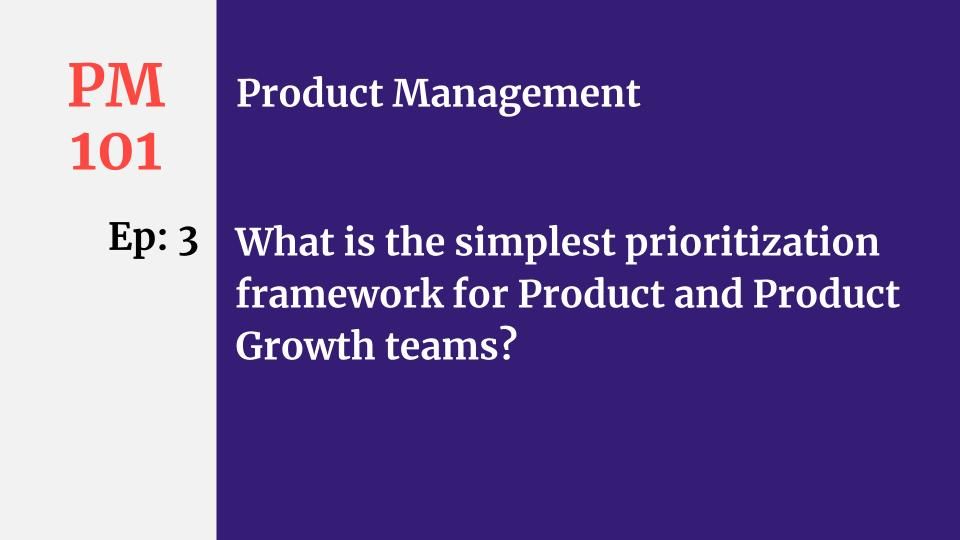

Let's talk about the simplest prioritization framework for product managers and product-led growth teams.
Effective prioritization is the key to building highly agile and effective teams. As a product manager, how do you decide what to build tomorrow? Should also take into account what you could make instead? Opportunity cost is a real factor in Product Management decision-making.
Implementing one initiative means saying no to another. The most effective teams – ones that make high-quality changes in short periods of time – stay focused on key tasks. That's why prioritization is a crucial skill for agile Product Growth teams and product managers.
Before we go into the prioritization framework, let me share a larger context.
I believe that every product team should have a vision, and that vision should dictate 1-3 directions, or areas of focus, that your team can work towards in order to fulfill that vision. This way, every initiative can be aligned with both the broader vision and a specific direction.
For example — at Barracuda, we decided on our product growth vision of making it easy for everyone to try, buy, and adopt our products. From this vision, we outlined the following directions that we want to focus on:
Once we defined these directions, every initiative we discussed afterward fell into one of these three categories.
Now, let’s talk about the simplest but effective prioritization framework for product management. It consists of three scores:
2. Business impact
3. Engineering effort
The scores can be on a scale of 1-5. Consistency is key – you want to use the same scale for all three scores.